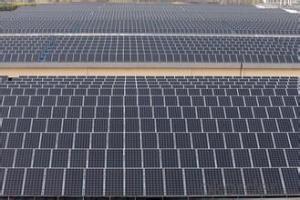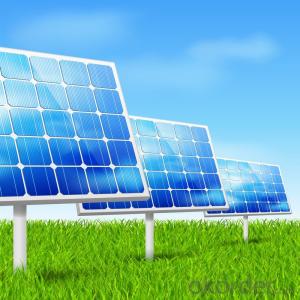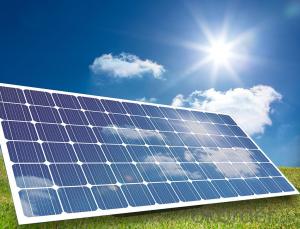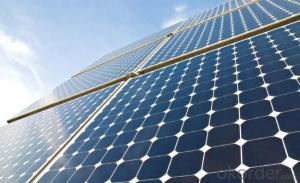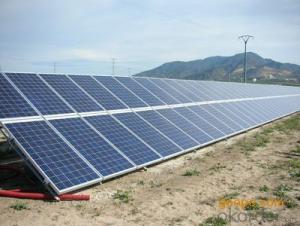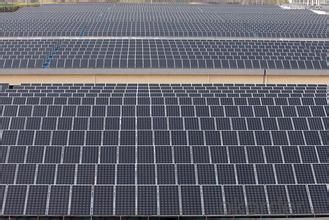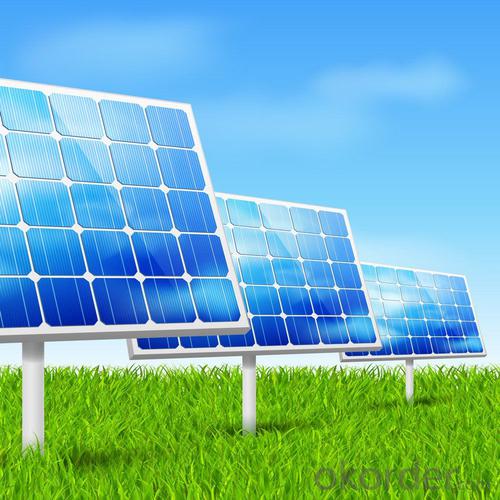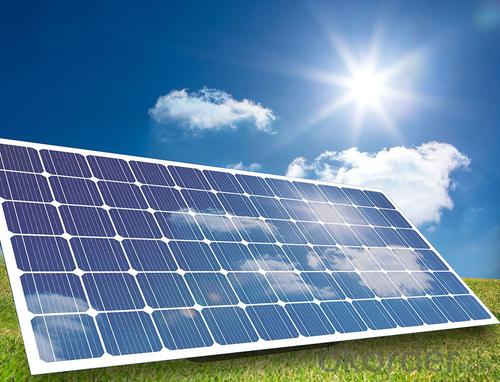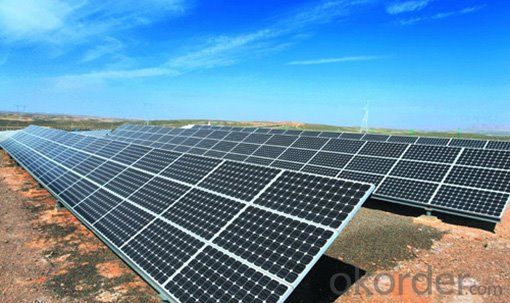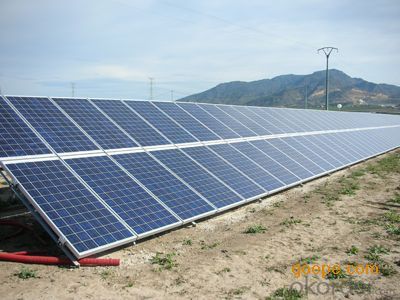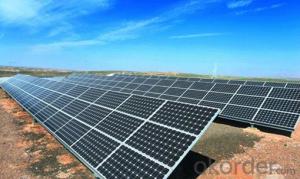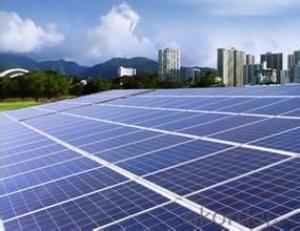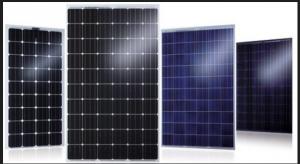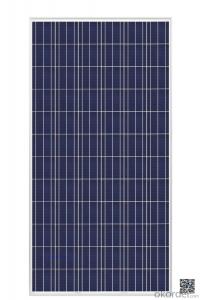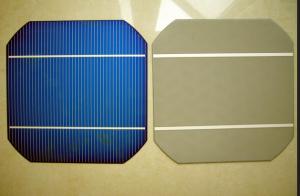High Efficiency Algae Solar Cells Module 1W Cheap Price from China Manufacturer Latest Update
- Loading Port:
- Shanghai
- Payment Terms:
- TT OR LC
- Min Order Qty:
- 11 watt
- Supply Capability:
- 1111111 watt/month
OKorder Service Pledge
OKorder Financial Service
You Might Also Like
1.Structure of Solar Module Description
The solar module is an off-gird solar power generator, designed to provide stable and reliable electricity to homes and communities without access to grid electricity or to those regions where are short of power or even without power. The solar module is convenient to move, easy to set-up with reliable performance, making it ideal for situations where emergency power is required. It is an ideal & reliable energy source for a wide variety of applications, ranging from lighting , radios, fans ,televisions ,computers ,refrigerator. The USB port is compatible with all 5V-USB charged devices. It can also act as a back-up power source during emergency situations.
2.Main Features of the Solar Module
1).High conversion efficiencies resulting in superior power output performance.
2).Outstanding power output even in low light or high temperature conditions
3).Optimized design for ease of soldering and lamination
4).Long-term stability,reliability and performance
3.Solar Module Images
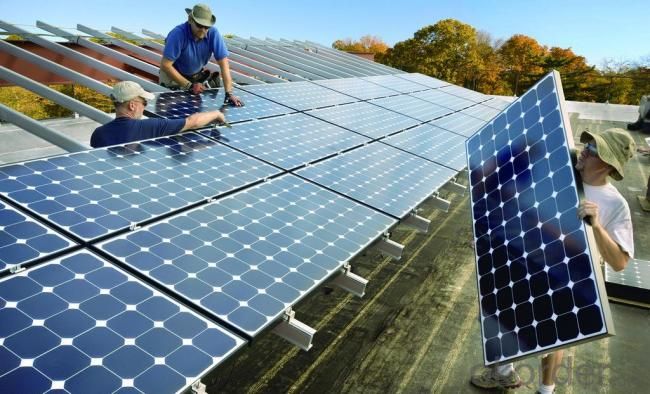
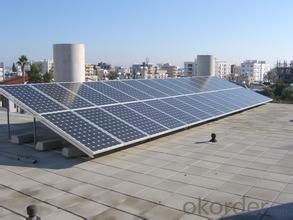
4.Solar Module Specification
Module Tape | NO. of cell | Rated power(w) | Vm ( V ) | Im (A) | Voc (V) | Isc ( A) |
GH 300M | 72 | 300 | 37.62 | 7.98 | 44.62 | 8.56 |
GH 290M | 72 | 290 | 36.65 | 7.92 | 44.49 | 8.42 |
GH 280M | 72 | 280 | 35.95 | 7.79 | 44.31 | 8.26 |
GH 270M | 72 | 270 | 35.49 | 7.62 | 44.15 | 8.16 |
GH 260M | 72 | 260 | 35.00 | 7.44 | 44.10 | 8.07 |
5.FAQ of Solar Module
1). Q: Are you a factory or trading company?
A: We are a factory.
2). Q: Where is your factory located? How can I visit there?
A: Our factory is located in Jiangyin, Jiangsu, China, near Shanghai. You are warmly welcomed to visit us!
3). Q: How can I get some samples?
A: Please connect me for samples
4). Q: Can the price be cheaper?
A: Of course, you will be offered a good discount for big amount.
- Q: Does the solar cell generate electricity in the absence of the sun, only in the case of strong lights or lasers? If you can achieve how much, and the same day?
- Sunlight is a composite light, in which only the frequency is greater than the solar cell threshold photons can effectively stimulate the solar cell power generation.
- Q: What is the difference between a monocrystalline and polycrystalline solar cell?
- The main difference between a monocrystalline and polycrystalline solar cell lies in their composition and manufacturing process. Monocrystalline solar cells are made from a single, high-purity silicon crystal. This results in a uniform structure with a consistent and orderly arrangement of atoms. Monocrystalline cells are known for their high efficiency and sleek appearance, as they typically have a black or dark blue color. On the other hand, polycrystalline solar cells are made from multiple silicon crystals. These crystals are smaller and not as perfectly aligned, leading to a more random arrangement of atoms. Polycrystalline cells are usually recognizable by their bluish hue and a fragmented appearance. In terms of efficiency, monocrystalline solar cells tend to have a slightly higher efficiency rate compared to polycrystalline cells. However, recent advancements in technology have narrowed this efficiency gap, and polycrystalline cells are now approaching the efficiency levels of monocrystalline cells. Another difference is the cost. Monocrystalline solar panels are generally more expensive due to the higher purity of silicon required and the more complex manufacturing process. Polycrystalline panels, on the other hand, are more cost-effective and offer a lower price per watt. In summary, while monocrystalline solar cells have higher efficiency and a more uniform appearance, polycrystalline cells are more cost-effective and have made significant improvements in efficiency in recent years. The choice between the two ultimately depends on individual preferences, budget, and specific project requirements.
- Q: How do solar cells handle electrical noise or interference?
- Solar cells do not handle electrical noise or interference. They convert sunlight directly into electricity and are not designed to address or mitigate electrical noise or interference.
- Q: What is the difference between solar cells and solar panels?
- Solar cells and solar panels are both components used in harnessing solar energy, but they have distinct differences. A solar cell refers to a single unit that converts sunlight directly into electricity through the photovoltaic effect. On the other hand, a solar panel is composed of multiple interconnected solar cells and serves as a larger unit that generates a higher amount of electricity. In summary, solar cells are individual units, while solar panels are a collection of these cells working together to generate more power.
- Q: Can solar cells be used to power medical devices?
- Yes, solar cells can be used to power medical devices. They can convert sunlight into electricity, providing a sustainable and renewable source of power for various medical devices such as portable medical monitors, hearing aids, insulin pumps, and even implantable devices. Solar-powered medical devices are particularly useful in remote or resource-limited areas where access to electricity is limited, ensuring continuous and reliable power supply for critical healthcare needs.
- Q: Can solar cells be used in mining operations?
- Yes, solar cells can be used in mining operations. They can provide a sustainable and cost-effective source of energy for various mining activities, such as powering equipment, lighting, and ventilation systems. Additionally, solar cells can be integrated with energy storage solutions to ensure uninterrupted power supply, even in remote mining locations. By using solar cells, mining operations can reduce their reliance on fossil fuels, decrease their carbon footprint, and contribute to a more sustainable mining industry.
- Q: What is the typical lifespan of a solar cell?
- The typical lifespan of a solar cell is around 25 to 30 years, although some high-quality panels can last even longer with proper maintenance and care.
- Q: What is the role of bypass diodes in solar cell arrays?
- The role of bypass diodes in solar cell arrays is to minimize the impact of shading or partial shading on the overall performance of the array. They provide an alternative path for the current to flow, allowing the unaffected cells to continue producing electricity while the shaded cells are bypassed. This prevents the shaded cells from acting as a resistor and reduces the risk of hotspots or damage to the cells.
- Q: Can solar cells be used for hydrogen production?
- Yes, solar cells can be used for hydrogen production through a process called photoelectrolysis, where the energy from sunlight is used to split water molecules into hydrogen and oxygen.
- Q: Can solar cells power an entire house?
- Yes, solar cells have the ability to power an entire house. With advancements in technology, larger and more efficient solar panels are being developed, which can generate enough electricity to meet the energy needs of a typical household. However, the capacity of solar cells to power an entire house also depends on factors such as the size of the house, the number of solar panels installed, the amount of sunlight available in the area, and the energy consumption habits of the residents.
Send your message to us
High Efficiency Algae Solar Cells Module 1W Cheap Price from China Manufacturer Latest Update
- Loading Port:
- Shanghai
- Payment Terms:
- TT OR LC
- Min Order Qty:
- 11 watt
- Supply Capability:
- 1111111 watt/month
OKorder Service Pledge
OKorder Financial Service
Similar products
Hot products
Hot Searches
Related keywords
